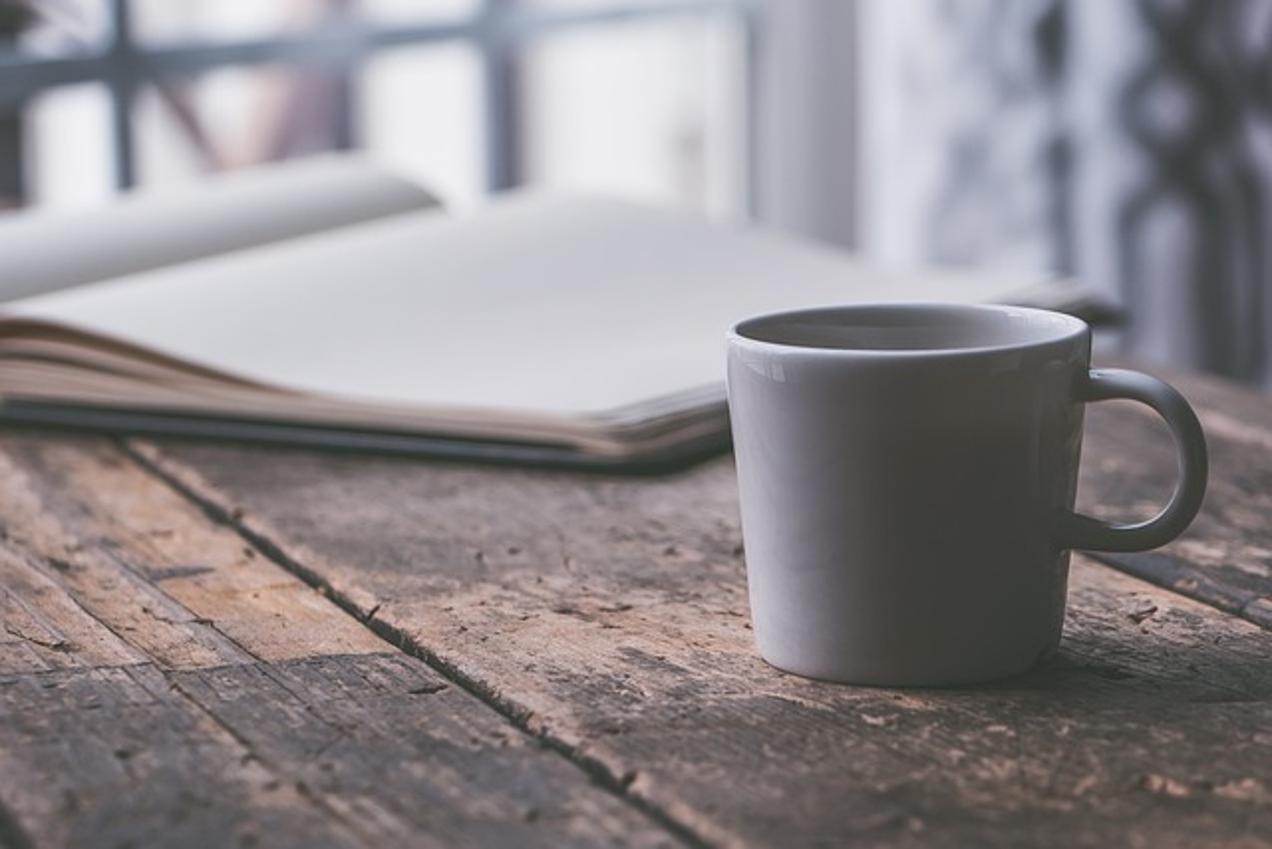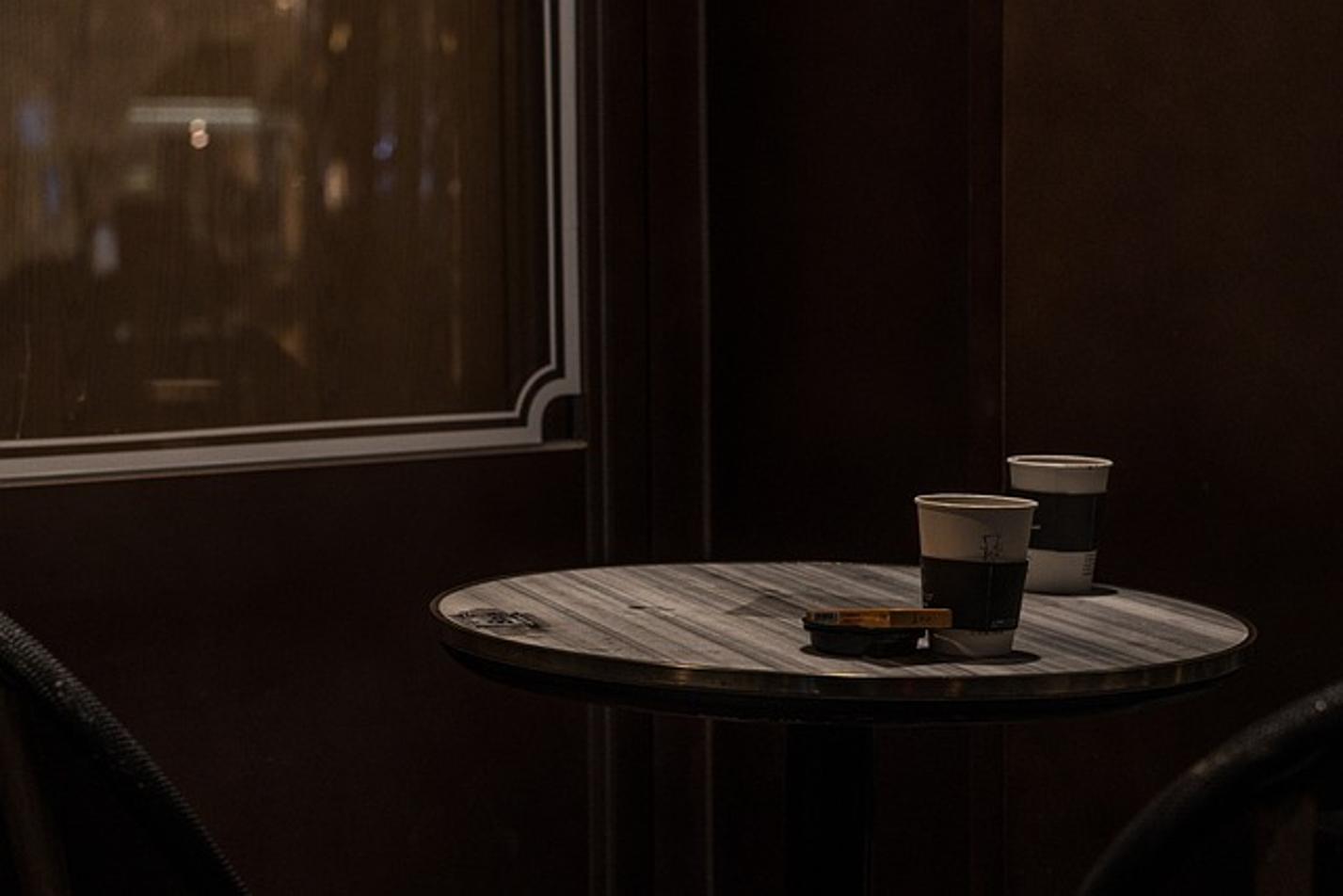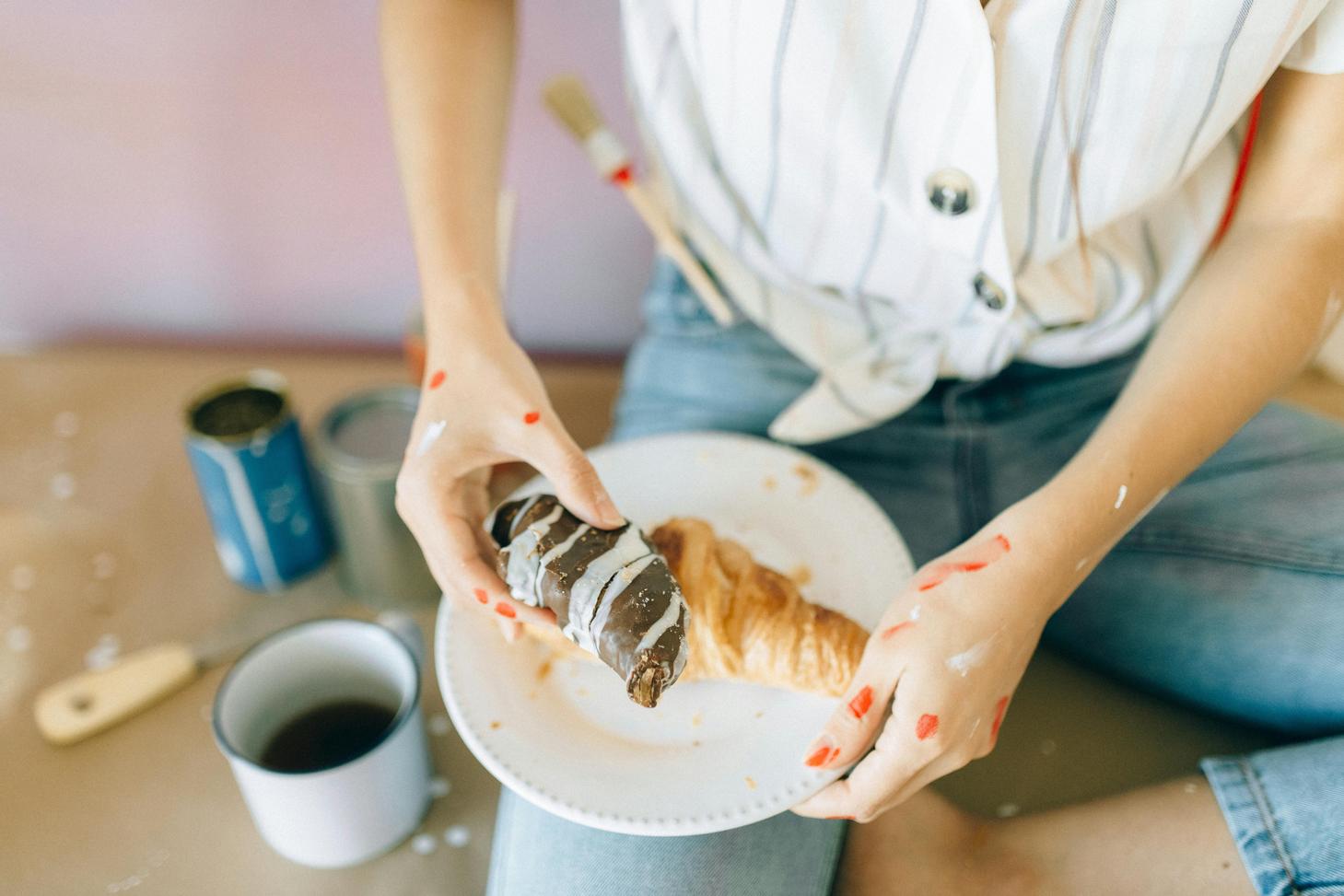Introduction
A fresh coat of paint can transform an old, worn-out coffee table into a stunning centerpiece for your living room. Whether you aim for a modern look or a vintage style, painting your coffee table allows for personalized creativity. This guide will walk you through every step of the process, ensuring you achieve professional-looking results.

Essential Tools and Supplies
Before diving into your painting project, having the right tools and supplies is crucial for a smooth and successful experience. Gather the following items:
- Sandpaper: Choose 120-grit and 220-grit options to smooth surfaces and remove the old finish.
- Primer: Prevents stains and ensures better paint adherence.
- Paint: Select a high-quality paint suitable for furniture.
- Paintbrushes and Rollers: Invest in various sizes for different parts of the table.
- Drop Cloth or Old Newspapers: Protects your working area from paint splatters.
- Painter’s Tape: Keeps edges neat and prevents paint from spreading to unwanted areas.
- Safety Gear: Gloves and a mask protect you from inhaling dust and fumes.
Having these supplies ready will streamline your project, allowing you to focus purely on the task and creativity at hand.

Preparing Your Coffee Table
Preparation is integral to achieving a flawless finish. Begin by cleaning your coffee table thoroughly to remove dust, dirt, or grime. A simple mixture of soap and water can work wonders.
- Remove Any Hardware: Detach knobs, handles, or drawers to ensure an even paint application.
- Sand the Surface: Use 120-grit sandpaper to sand down the entire surface, working in circular motions. This will help the primer and paint adhere better. After sanding, wipe away the dust with a damp cloth.
- Repair Damages: Inspect your coffee table for any cracks, dents, or imperfections. Use wood filler to address these issues, allowing it to dry fully before continuing.
- Sand Again: Once the wood filler is dry, sand the repaired areas with 220-grit sandpaper to achieve a smooth finish.
- Tape Off Areas: If there are parts of the table you do not wish to paint, use painter’s tape to cover these areas.
By investing time in preparation, you set the stage for a beautifully painted coffee table.

Choosing the Right Paint and Color
Selecting the right paint and color can greatly impact the finished look of your coffee table. Consider the following when making your choice:
- Type of Paint: Latex paint is great for indoor furniture due to its durability and ease of cleaning. Chalk paint offers a matte finish with minimal prep work, ideal for vintage or shabby chic styles.
- Finish: Decide between matte, satin, semi-gloss, or glossy finishes. Matte gives a subtle, non-shiny look, whereas glossy finishes are highly reflective and easy to clean.
- Color Palette: Ensure your color choice complements the room’s decor. Neutral tones like white, gray, or beige fit various styles, while bold colors like navy blue, forest green, or mustard yellow can make a statement.
Taking your time with color and paint selection will help ensure you love the final result.
Painting Your Coffee Table
With your table prepped and color chosen, you’re ready to start painting. Follow these steps for a professional-looking finish:
Primer Application
- Apply Primer: Start with a good-quality primer, especially if your table has a dark stain or many imperfections. Use a brush or roller to apply a thin, even coat. Allow it to dry as per the manufacturer’s instructions—usually a few hours.
- Sand Lightly: After the primer is dry, lightly sand the surface with 220-grit sandpaper. This step smooths out raised fibers and creates a perfect base for your paint.
Applying the First Coat
- Stir the Paint: Ensure the paint is well-mixed for a uniform color.
- Apply the Paint: Use a brush for edges and intricate areas and a roller for larger, flat surfaces. Apply a thin, even layer, moving in the direction of the wood grain.
- Drying Time: Allow the first coat to dry completely, which typically takes 4-6 hours, depending on the paint type and environmental conditions.
Adding the Second Coat and Finishing Touches
- Inspect and Sand: Check the first coat for any imperfections. Lightly sand any rough spots with 220-grit sandpaper.
- Second Coat Application: Apply a second thin, even coat of paint. This coat will deepen the color and ensure full coverage.
- Final Touches: After the second coat dries, inspect your work. Use a small brush to touch up any missed spots or uneven areas.
Your table should now have a smooth, even finish, but the work isn’t complete yet.
Adding a Protective Finish
A protective finish will enhance the durability of your painted coffee table, ensuring it withstands daily use:
- Clear Polyurethane: Apply a clear polyurethane finish in either matte, satin, or glossy, depending on your desired look. Use a brush to apply a thin, even layer.
- Drying Time: Allow the finish to dry thoroughly between coats. You might need two to three coats for optimal protection, sanding lightly with 220-grit sandpaper between each coat.
- Curing: Let the final coat cure completely before using your table. This process can take up to a week but ensures the paint and finish settle correctly.
Optional: Creative Painting Techniques
If you want to give your coffee table a unique look, consider using creative painting techniques:
- Distressing: Lightly sand edges and certain areas after painting to give a vintage, worn-in look.
- Stenciling: Use stencils to add patterns or designs. Simply position the stencil, apply paint, and remove it carefully.
- Color Blocking: Paint different sections of the table in complementary or contrasting colors for a bold, modern look.
These techniques add character and can turn a simple coffee table into an artistic statement piece.
Conclusion
Painting a coffee table is a rewarding DIY project that can breathe new life into your furniture and decor. With careful preparation, the right tools, and a bit of creativity, you can achieve a professional-looking finish that suits your personal style.
Frequently Asked Questions
How long should I wait between coats of paint?
Typically, you should wait 4-6 hours between each coat. Ensure the first coat is completely dry before applying the next for the best results.
Can I paint over an existing finish?
Yes, but proper preparation is key. Clean the table thoroughly, sand the existing finish to roughen the surface, and apply a primer before painting.
What’s the best way to seal a painted coffee table?
Using a clear polyurethane finish is the best way to seal and protect your painted coffee table. Apply two to three coats, sanding lightly between each layer, for a durable finish.
